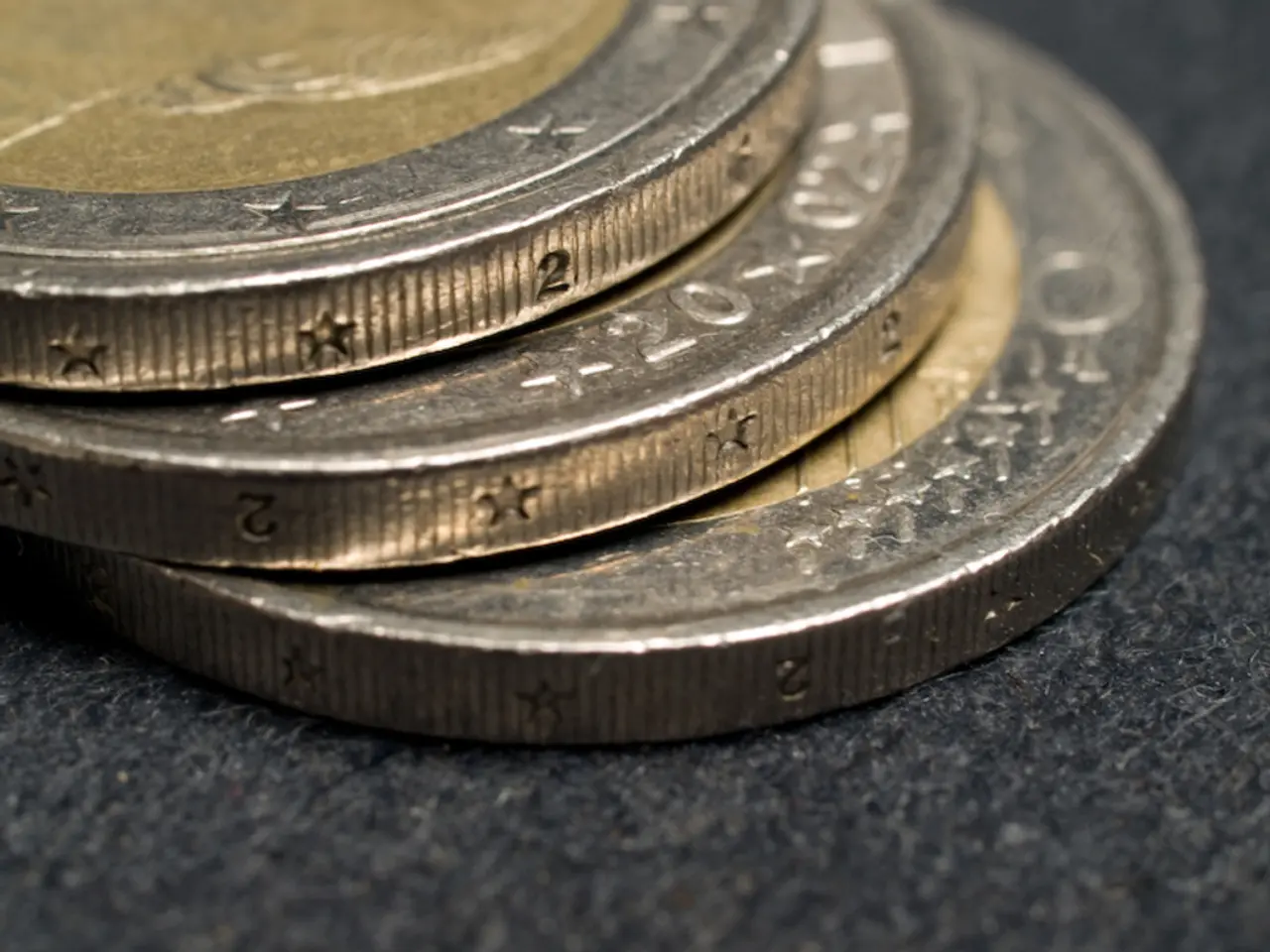Visual depiction of fingermarks on newly minted polymer banknotes issued by the Bank of England
New Methods for Fingermark Visualization on Bank of England Polymer Banknotes
The Centre for Applied Science and Technology (CAST) has conducted investigations to determine the most effective processes for visualizing fingermarks on the new Bank of England polymer banknotes. The smooth and non-porous surface of these notes presents challenges for traditional fingerprint visualization techniques.
The research by CAST found that powder dusting techniques using finely milled fluorescent powders can be effective for developing fingermarks on polymer substrates. This method adheres to the fingerprint residue without damaging the banknotes.
Another method that showed improved fingerprint visualization is cyanoacrylate (superglue) fuming followed by staining with disulfur dinitride, a reagent used for enhancing cyanoacrylate-developed marks.
Vacuum metal deposition (VMD), which deposits metal layers under vacuum conditions to visualize prints, was also found to be useful but requires specialized equipment.
Experimental approaches combining these traditional techniques with newer reagents and methods are ongoing to optimize print development on the polymer substrate of modern UK banknotes.
It's worth noting that CAST's focus lies in adapting forensic visualization methods to the evolving materials used in banknotes, where traditional paper-based techniques are insufficient.
While the published findings on Bank of England notes were not directly included in the search results, forensic literature and UK Home Office publications typically emphasize these methods for polymer notes fingerprinting.
In summary, the most effective processes for fingermark visualization on new Bank of England polymer banknotes include fluorescent powder dusting, cyanoacrylate fuming with chemical stain enhancement, and vacuum metal deposition. These methods address the difficulties posed by the polymer substrate that complicates fingerprint detection.
It's important to note that this advice is not a replacement for the Fingermark Visualisation Manual. Instead, it should be used in conjunction with the Manual for best results. The advice presented here is specifically for visualizing fingermarks on new Bank of England banknotes.
The use of science, such as fluorescent powder dusting and cyanoacrylate (superglue) fuming, plays a significant role in addressing the challenges posed by the smooth and non-porous surface of the new Bank of England polymer banknotes for traditional fingerprint visualization techniques. Additionally, technology like Vacuum Metal Deposition (VMD) is employed to visualize prints but requires specialized equipment.




